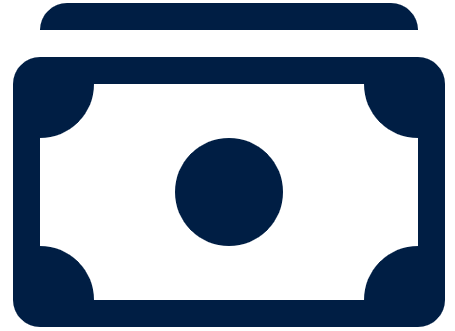
Ensure availability and sustainable management of water and sanitation for all
This goal targets providing universal and equitable access to safe and affordable drinking water; access to adequate and equitable sanitation and hygiene; reducing pollution, eliminating dumping and minimizing release of hazardous chemicals and materials; increasing water-use efficiency; implementing integrated water resources management; protecting and restoring water-related ecosystems; expanding international cooperation and capacity-building support to developing countries in water- and sanitation-related activities and programs; and, supporting and strengthening the participation of local communities in improving water and sanitation management. Learn more about this goal by reviewing the Targets & Indicators section below.

Source: SciVal.com | This word cloud was created using publications from Penn State researchers
Targets & Indicators
Target 6.1: By 2030, achieve universal and equitable access to safe and affordable drinking water for all
- Indicator 6.1.1: Proportion of population using safely managed drinking water services
Target 6.2: By 2030, achieve access to adequate and equitable sanitation and hygiene for all and end open defecation, paying special attention to the needs of women and girls and those in vulnerable situations
- Indicator 6.2.1: Proportion of population using (a) safely managed sanitation services and (b) a hand-washing facility with soap and water
Target 6.3: By 2030, improve water quality by reducing pollution, eliminating dumping and minimizing release of hazardous chemicals and materials, halving the proportion of untreated wastewater and substantially increasing recycling and safe reuse globally
- Indicator 6.3.1: Proportion of domestic and industrial wastewater flows safely treated
- Indicator 6.3.2: Proportion of bodies of water with good ambient water quality
Target 6.4: By 2030, substantially increase water-use efficiency across all sectors and ensure sustainable withdrawals and supply of freshwater to address water scarcity and substantially reduce the number of people suffering from water scarcity
- Indicator 6.4.1: Change in water-use efficiency over time See metadata :
- Indicator 6.4.2: Level of water stress: freshwater withdrawal as a proportion of available freshwater resources
Target 6.5: By 2030, implement integrated water resources management at all levels, including through transboundary cooperation as appropriate
- Indicator 6.5.1: Degree of integrated water resources management
- Indicator 6.5.2: Proportion of transboundary basin area with an operational arrangement for water cooperation
Target 6.6: By 2020, protect and restore water-related ecosystems, including mountains, forests, wetlands, rivers, aquifers and lakes
- Indicator 6.6.1: Change in the extent of water-related ecosystems over time
Target 6.a: By 2030, expand international cooperation and capacity-building support to developing countries in water- and sanitation-related activities and programs, including water harvesting, desalination, water efficiency, wastewater treatment, recycling and reuse technologies
- Indicator 6.a.1: Amount of water- and sanitation-related official development assistance that is part of a government-coordinated spending plan
Target 6.b: Support and strengthen the participation of local communities in improving water and sanitation management
- Indicator 6.b.1: Proportion of local administrative units with established and operational policies and procedures for participation of local communities in water and sanitation management






